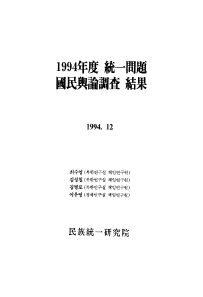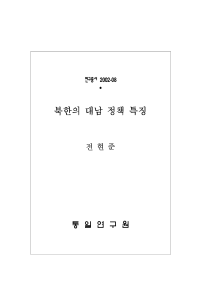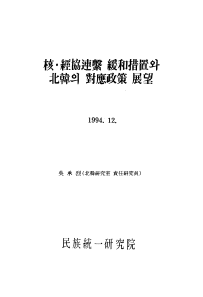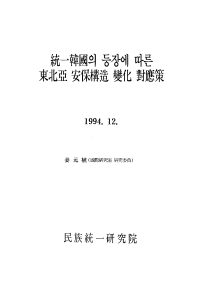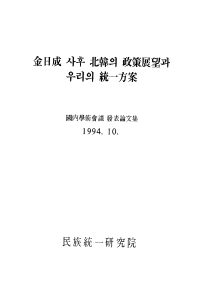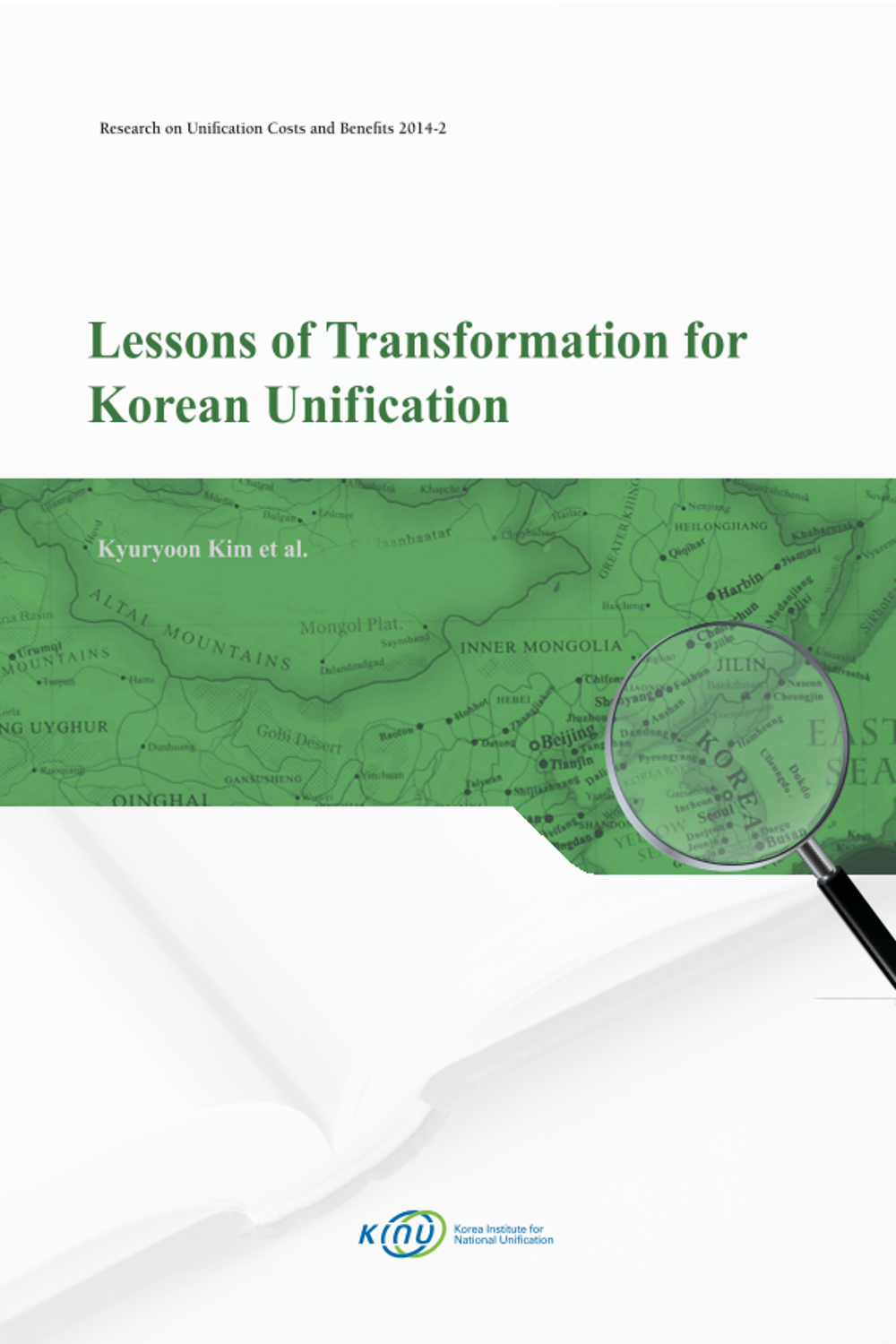
연구원발간물Research on Unification Costs and Benefits 2014-2
Lessons of Transformation for Korean Unification
- 발행사항
- 서울 : 통일연구원, 2014
- ISBN
- 9788984797871
- 청구기호
- 000 비용14-2
소장정보
| 위치 | 등록번호 | 청구기호 / 출력 | 상태 | 반납예정일 |
|---|---|---|---|---|
이용 가능 (2) | ||||
| 1자료실 | G0015486 | 대출가능 | - | |
| 1자료실 | G0015487 | 대출가능 | - | |
이용 가능 (2)
- 등록번호
- G0015486
- 상태/반납예정일
- 대출가능
- -
- 위치/청구기호(출력)
- 1자료실
- 등록번호
- G0015487
- 상태/반납예정일
- 대출가능
- -
- 위치/청구기호(출력)
- 1자료실
책 소개
Twenty-five years have passed since the system transformation initiated from Central and Eastern Europe in 1989. Since then, studies of social science have focused more on the external phenomenon that caused the collapse of the socialist system. Immediately after building the system, much attention was centered around the ‘revolution of a society and the establishment of the system,’ until it was replaced by the ‘maintenance of the system.’ The disintegrated socialist system was a part of living mechanism that was introduced to manage human societies in the former Soviet Union, including Central and Eastern European countries. The living mechanism has endured in a collective manner through diverse organically-connected fields. Therefore, the theories of socialist system is to simultaneously analyze the political, economic, and sociocultural transformations by taking this organic living mechanism into consideration. In addition, this analysis is subject to be established based on a generalized perspective which is commonly drawn from various examples regarding the system transformation.
Upon these studies, we have continued on the analysis of the costs and benefits of Korean Unification which was launched in 2011. In this year’s research, we decided to view lessons from the system transformation and integration of the countries that had already undergone similar processes. Scholars from seven different countries were asked to submit papers on the analysis of system transformation or integration on their countries as well as the implications on the unification process of the Korean peninsula.
Various implications, concerning Korean unification, are suggested by each scholar. In Poland’s perspective, seeking consensual relations with major powers in the Northeastern Asia seems to be an encouragement of the unification process. Polish case indicates that in the unified Korea, some major economic efforts must be undertaken to lift out the North Korean population from poverty. Romanian scholar mentioned mainly about how the economy should be transformed and how the North Korean totalitarian managements should be dealt with after the unification. Czech and Slovenia pointed out that the biggest obstacle in their system transformation was the ‘socialist way of thinking’ which had been indoctrinated into the population so that Korean must take it into consideration. Ukraine and Kazakhstan cases suggest that South Korea has to take a great caution not to make radical economic reforms in the Northern part of the unified nation which could lead to an anti-unification sentiment among the
North Koreans. Irish case puts emphasis on the normalization of relations between North and South Korea, which is not likely to be accomplished in a short period of time. Vietnamese case presents meaningful implications and suggestions on the possible economic reforms in North Korea.
Finally, the last part of this book includes suggestions on South Korea’s policy toward North Korea, as well as the South’s foreign policy during the whole process of Korean unification. Some typical points that should not be overlooked are as follows. First, South Korea needs to keep an eye on the North Korean scholars in case of a precocious achievement of reformation, open-door policy, or unification. Second, the South Korean government should persuade the advocates of reform and open-door policy in North Korea to stand independently and gain the majority of parliamentary seats, or join negotiations for unification. Third, South Korea needs to urge the North to undertake a gradual economic reform rather than a radical one when those who favor the reformation and open-door policy seize the power of the country. Fourth,
the prompt dissolution of North Korea’s Supreme People’s Assembly is prerequisite for unification of Korea, for it can be an obstacle in the process of North Korea’s system transformation.
목차
Abstract ⅶ
Ⅰ. INTRODUCTION 1
Ⅱ. CASES OF TRANSFORMATION AND INTEGRATION 11
1. The Polish Case 13
2. The Romanian Case 38
3. The Czech and the Slovenia Case
4. The Ukrainian Case 114
5. The Kazakhstan Case 153
6. The Irish Case 179
7. The Vietnamese Case 209
Ⅲ. ANALYSIS OF TRANSFORMATION AND INTEGRATION PROCESS 269
1. Theoretical Types 271
2. Distinctive Features 293
Ⅳ. CONCLUSION 323
References 329
Recent Publications 345


